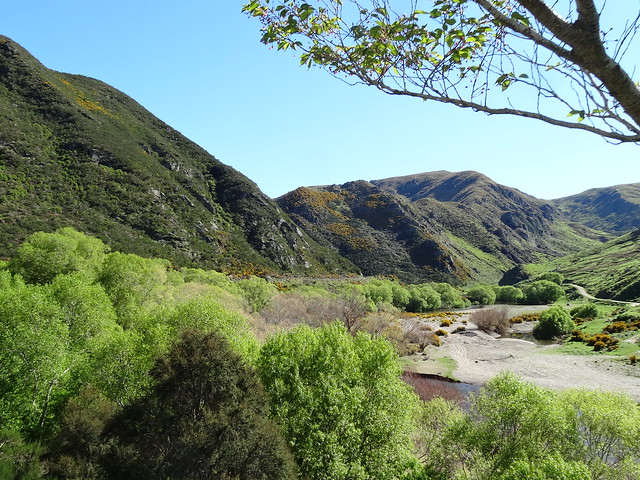The government of Uttar Pradesh has appointed the Tata Centre for Development (TCD) at UChicago as one of the members of the newly launched Multi-Stakeholder Platform (MSP) for catalysing collective action for rejuvenation of the Hindon River—a second-level tributary of the River Ganga.
As a part of the Steering Board, which is the apex body of the multi-stakeholder platform, TCD will provide strategic guidance to the state government. Besides suggesting scientifically sound solutions, it will also contribute to the development of a fact base on the Hindon river for effective decision making.
While inaugurating the MSP last month, the Chief Secretary of the Uttar Pradesh government, Anup Chandra Pandey, acknowledged the need for a participatory approach to tributary governance and said, “I feel positive to see such strong interest of stakeholders to work together to resolve key water management issues in the Hindon basin.” At the first Steering Board meeting of this multi-stakeholder platform, which has been set up with support from 2030 Water Resources Group (WRG)—an innovative public-private-civil society platform for collaboration at national and local levels—key decisions were taken to ensure effective monitoring and coordinated actions.
After the MSP was officially launched at the meeting, the appointment of the Steering Board, core expert group members, and chairs of Working Groups were announced. During the meeting, TCD presented the findings of its experiments on the Hindon River and emphasised the need for high-resolution temporal and spatial mapping not only to pinpoint pollution sources but also to assess the efficacy of ongoing or planned interventions for river pollution reduction. While acknowledging the effectiveness of a multitude of approaches, it called for ensuring interoperability and comparability of data through agreed data collection protocols.
As a Co-Chair of the Knowledge Development working group—one of the three thematic working groups created under the MSP—along with the State Mission for Clean Ganga-Uttar Pradesh (SMCG-UP), TCD will facilitate discussions around developing and following common protocols for data collection and analysing data to answer key basin management questions. This could lead to comprehensive monitoring across Hindon to identify and treat pollution hotspots.
At the stakeholders meeting, held ahead of the Steering Board meeting, representatives from Uttar Pradesh government’s Department of Minor Irrigation, Agriculture, Industries and Pollution Control Board were joined by international organisations such as India-EU Water Partnership, German International Cooperation (GIZ), UNIDO and World Bank. They had detailed discussions on key water management issues.
“This Multi-Stakeholder Platform is an important move from the Government of Uttar Pradesh to rejuvenate Hindon and other tributaries of River Ganga. 2030WRG, as a secretariat of this MSP, has brought together and identified synergies amongst relevant stakeholders: public, private, civil society and international experts for collective action. We will support Uttar Pradesh government in finalising a Vision Document for the Hindon Basin and Tributary Management Approach soon,” said Anil Sinha, Senior Strategic Advisor and Uttar Pradesh Coordinator, 2030 Water Resources Group, part of World Bank Group.
Supratik Guha, professor at the Pritzker School for Molecular Engineering at the University of Chicago, and principal investigator for TCD’s Water-To-Cloud project on real-time river water quality monitoring, said, “River water quality measurement and mapping techniques can gain enormously due to the availability of new types of water monitoring sensors and progress in sensor networks and the internet of things. At the same time, it is important to know what to measure, to measure in a systematic and accurate manner, and then relate the measurements to actionable items that are beneficial to the health of the environmental ecosystem.”
Hindon flows through seven districts in Uttar Pradesh comprising a population of nearly 18 million. Discharge of untreated sewage and industrial effluents into the Hindon has been a persistent problem. An NGT-led committee, which recently surveyed Ghaziabad, Noida and Greater Noida, dubbed the Hindon a “dead river”, which has dissolved oxygen level of almost zero. The committee also pointed out that 35-40 per cent of people residing around the Hindon may be inflicted with various water-borne diseases as untreated waste is being allowed to flow into the river.


